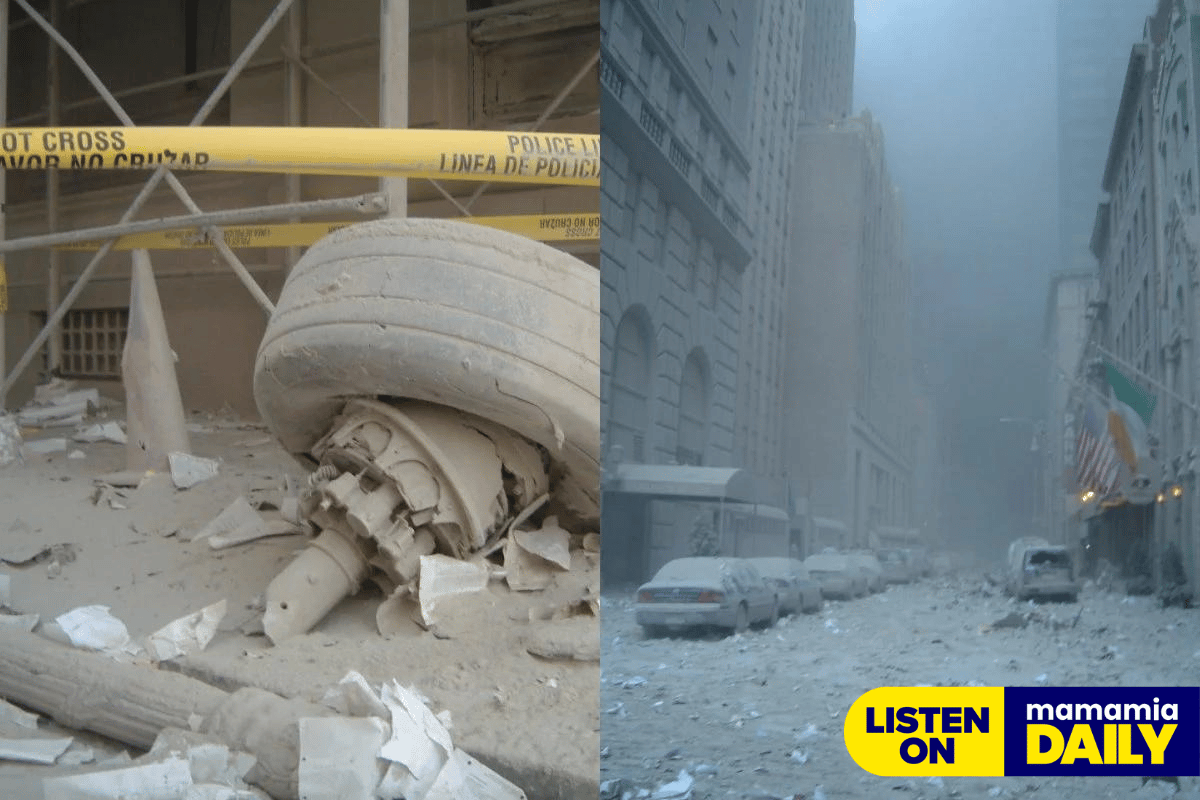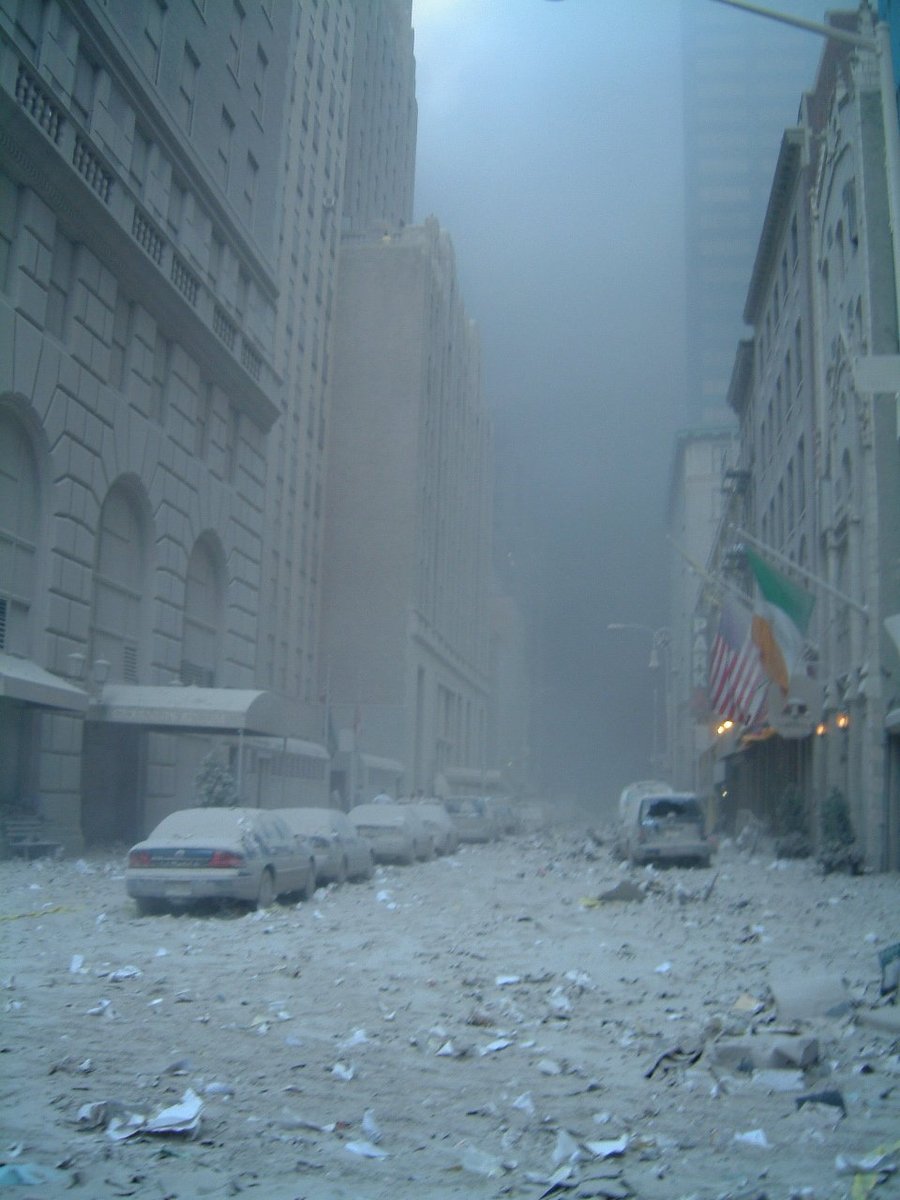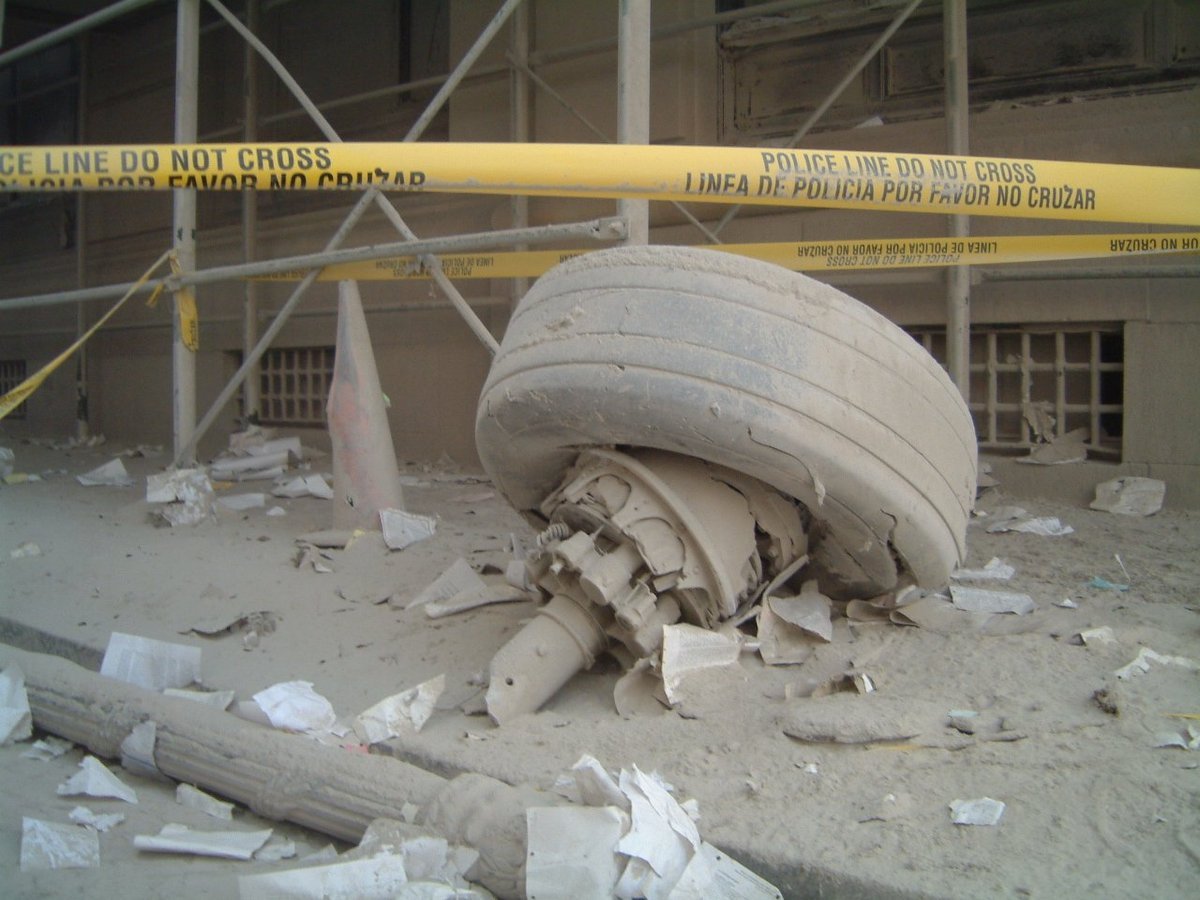
Listen to this story being read by Jess Kingston, here:
It is 22 years on, and for those of us that lived through September 11 and its aftermath, it will always remain part of our story.
Living downtown at the time, the World Trade Centre was my closest shopping mall.
It was where my photos got developed, my dry cleaning was done, where my local drugstore (pharmacy) was.
I walked through the building on my way to work pretty much every day. Across the road was the Amish Market, a gourmet fresh food supermarket where I did all my food shopping.
It was part of my neighbourhood and my daily life.
My then husband, Robert, was a journalist for the London Financial Times at the time of the attacks, and I was a film and television producer.
So many memories I have of that day are blocked out and the rest are disjointed.
I was in a visual effects suite when I saw the footage of the planes hitting on a monitor - I honestly thought it was a shot from a movie.
I remember the panic of not being able to contact Robert, knowing that as a journalist he would have been running to the story, and not away from the story (all the phone lines were jammed that day) and those hours it took to actually locate him and know that he was alive as the death toll rose and so many others were not.
Watching the towers crumble and wondering if we still had a home.
We were unable to get anywhere near our apartment, being only two blocks from the WTC, so we stayed first with friends and relatives for a couple of days and then accessed the 'emergency accommodation rates' that were being offered to displaced persons by New York hotels (thank you, Soho Grand).



Top Comments